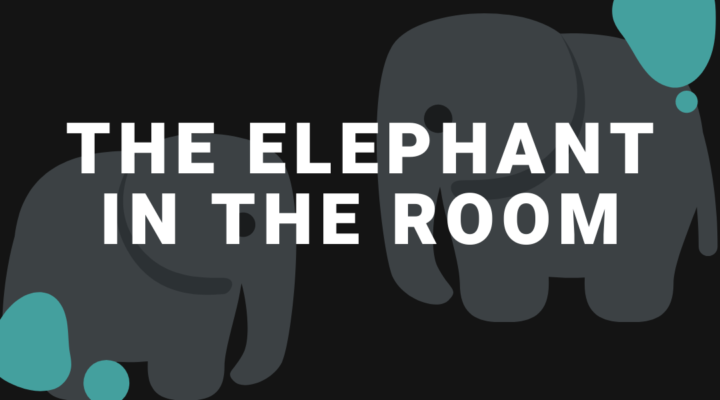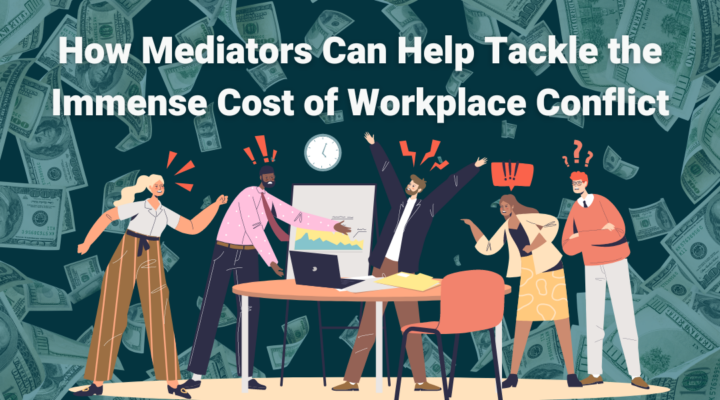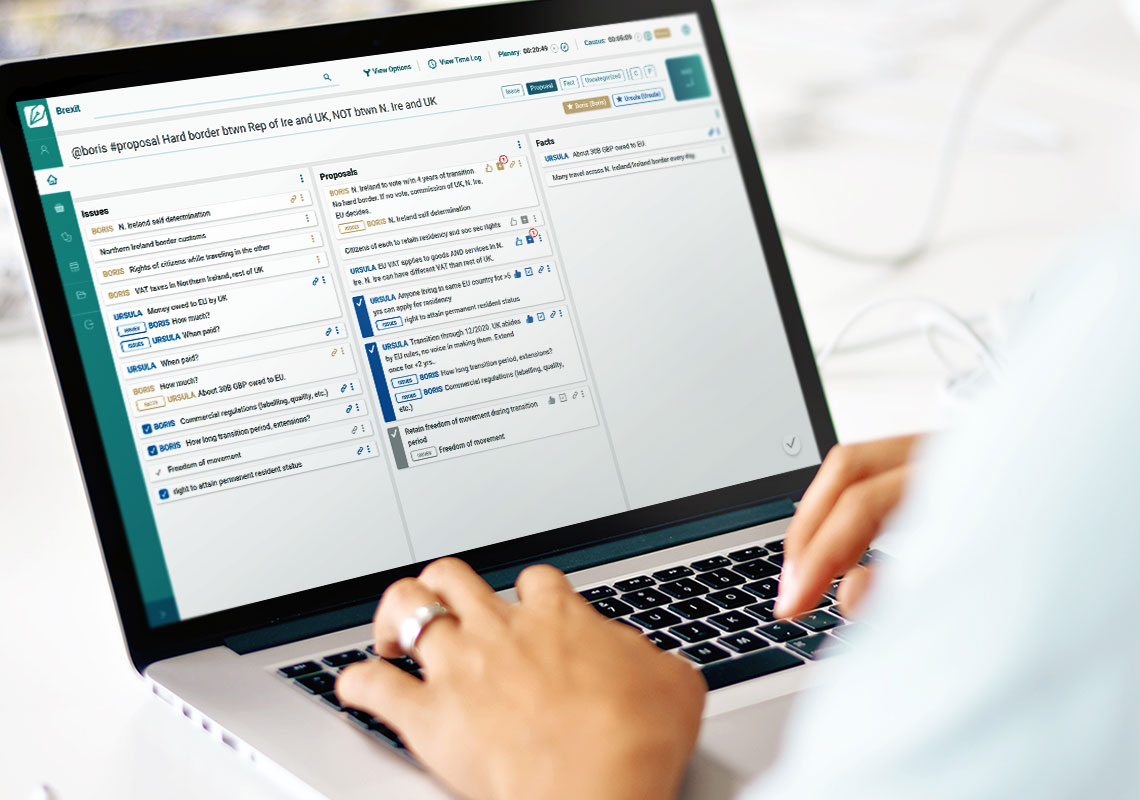Advice from Entrepreneurs: Don’t Listen to your Customers
Henry Ford, who revolutionized the automobile manufacturing industry, is widely quoted by entrepreneurs for saying, “If I’d asked my customers what they wanted, they would have said ‘faster horses.’” So what happened to the more common axiom, “the customer is always right?”
The typical advice given to business software developers is to ask their customers about the frustrations and ‘pain points’ that impede them from achieving their goals. Fix those with technology, we are told, and as a software vendor we will be on our way to success.
Well, maybe.
It certainly makes sense to find every opportunity to get feedback from your customers, and ADR Notable is committed to that principle. We listen for three things: specific feedback about our product, a deeper appreciation of the context in which our customers work, and to ensure alignment between our software platform and the ultimate goal of our customers – helping others resolve conflict.
Actively seeking detailed feedback about our existing software platform makes obvious sense. We want using it to be intuitive. To us, intuitive means it works reliably, just as you would expect. If something fails, we want to know, and we have invested in a customer feedback system that lets you tells us what went wrong however is easiest for you. Intuitive design also means that the architecture follows the logic of how mediators must work. There is a sequence of steps in the administrative workflow of a new case from initial contact, to client intake, conflicts check, engagement letters, receipt of case files, scheduling and so on. We needed to listen carefully to capture this workflow, and to know where flexibility might be needed. We then strive to mimic this workflow in the way a mediator navigates through our software platform.
Each step should logically lead to the next, and our customer should never be left wondering where to go. Intuitive also means meeting certain expectations. The software needs to handle all of the basic administrative tasks customers might reasonably expect it to do. And last, intuitive means easy to learn. How to accomplish each of the choreographed steps should be obvious. Have you ever been in an application unable to trigger a function or feature you are certain it has? Eventually, you have that epiphany, “I need to click there?? How was I supposed to know that?” Intuitive means we strive not to let design obscure function.
More important than getting the list of features to work in the right order, and trying not to hide how to find them, we listen to how mediators describe the context in which they work. The best example of this occurred trying to design the Noteboard page. By listening to our customers, we had come to appreciate that capturing notes cannot distract from active listening and observation of the participants during a mediation session. We sought an expert in “user interface/user experience” (typically shortened to UI/UX) design to help us get this right. We rejected scores of UI/UX experts who came with spectacular portfolios of UI/UX designs intended to draw in and hold the attention of the intended user. They came from commercial retail website or video game design where UI/UX is used to attract and hold attention, the more completely engrossing, the better – exactly the opposite of what our customers had told us they needed. Context matters, and the only way to understand that was to listen.
Finally, we need to listen to stay aligned with our customer’s ultimate goal. We have listened – felt – the passion for the objective of helping others resolve conflict and bringing a little peace to their clients’ lives. We appreciate and admire what they do. And frankly, we have loved the engagement with mediators as we listened to learn more about their processes, successes and challenges. The scope of the profession makes this a fascinating task. We have worked with mediators who need to worry about personal safety and power imbalances between individuals, even consciously positioning themselves nearest the conference room door in case real violence erupts. And we have listened to mediators whose clients typically arrive at posh offices in a sea of hand-tailored suits with high-priced lawyers. We have enjoyed reading Stories Mediators Tell, edited by Lela Love and Glen Parker. We even ask our contractors to at least read Professor Joseph Stulberg’s, The Middle Voice, to get a basic understanding of mediation processes and necessary skills. All of this helps us design tools for the mediator while sharing the same objective. We help parties resolve disputes indirectly, by helping the mediator be more organized, prepared and efficient.
So why do entrepreneurs advise others not to listen to their customers? Famous entrepreneur and investor Mark Cuban explains it with an anecdote. He tells of a company that is a leader in its field, with superior technology and service, beloved by its customers. “Then it made a fatal mistake. It asked its customers what features they wanted to see in the product, and they delivered on those features. Unfortunately for this company, its competitors didn’t ask customers what they wanted. Instead, they had a vision of ways that business could be done differently and, as a result, better. Customers didn’t really see the value or need until they saw the new product. When they tried it, they loved it.” [https://www.entrepreneur.com/article/222501] Instead of maintaining its original envious market position, the company slipped into an endless effort to catch up with features its customers found first in the competitor’s product.
We think listening plays an important role, even more when mixed with creativity and a dollop of information about technologies developed in other industries. We will ask questions directly, but also indirectly. “What new features would you like to see?” But also, “What proportion of your day is spent on email? How do you prepare for a mediation? What goes through your mind in a mediation session? Have you ever co-mediated a matter? How does that work?” We will always listen to our customers’ ideas about new features. And we will also listen to understand the context, the environment, the constraints our customers face. We will watch what they do and try to correlate that with what they say. But we will not lose sight that our customers are fully, deeply engaged in delivering quality service to their customers. Most are not exploring new technologies or dreaming about how they might help them. That’s our job, and along with listening we will strive to apply imagination, creativity and an awareness of new technologies, looking for those intersections that can become tomorrow’s tools to help mediators help others.
Now that you know how we collect and use customer feedback, why not try our product for yourself? We’d love to hear your thoughts and ideas on what we can improve upon. While we aren’t live yet, you can sign up to be a beta tester here, and submit your information here to be notified when the product launches.






